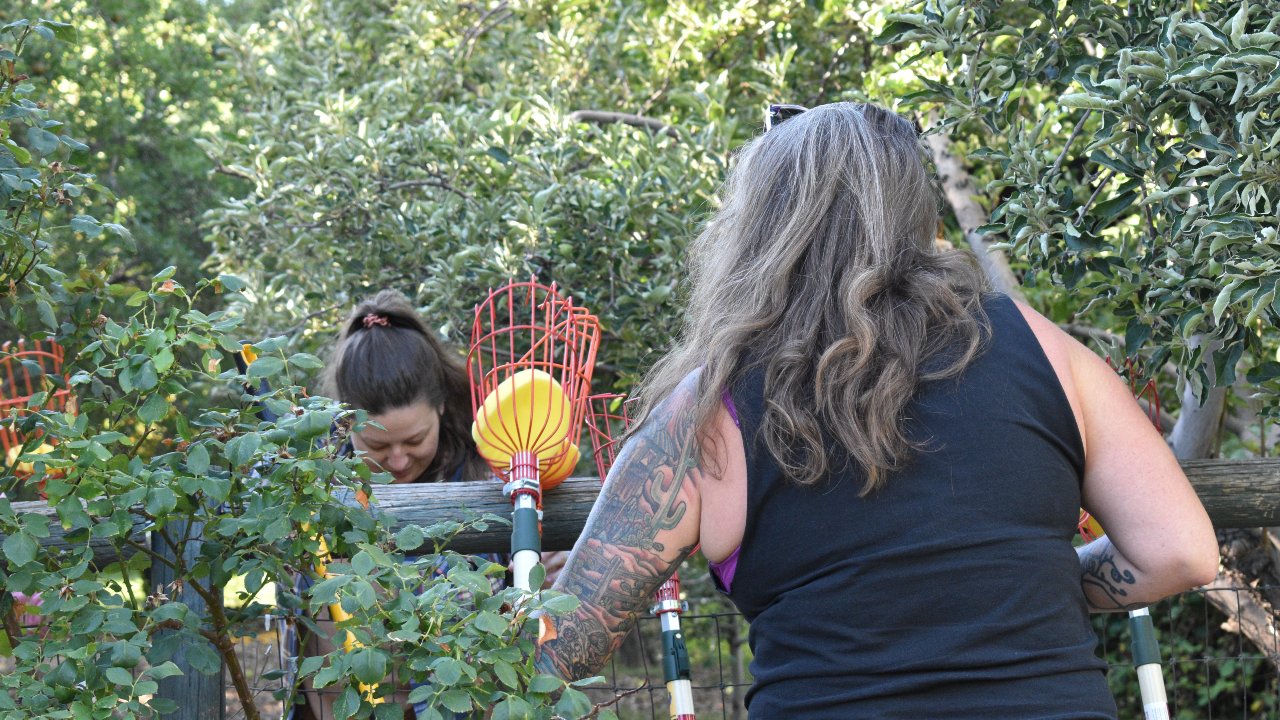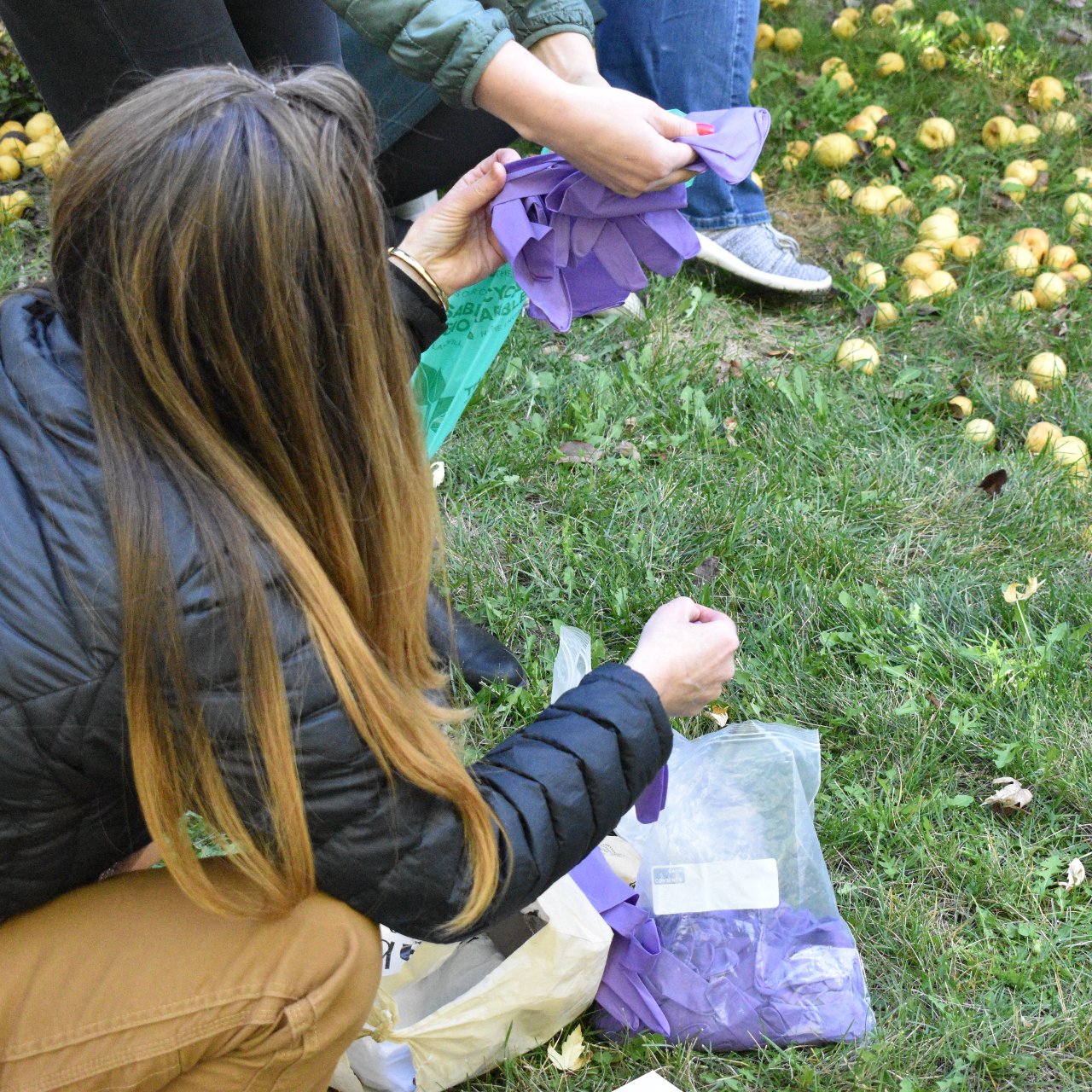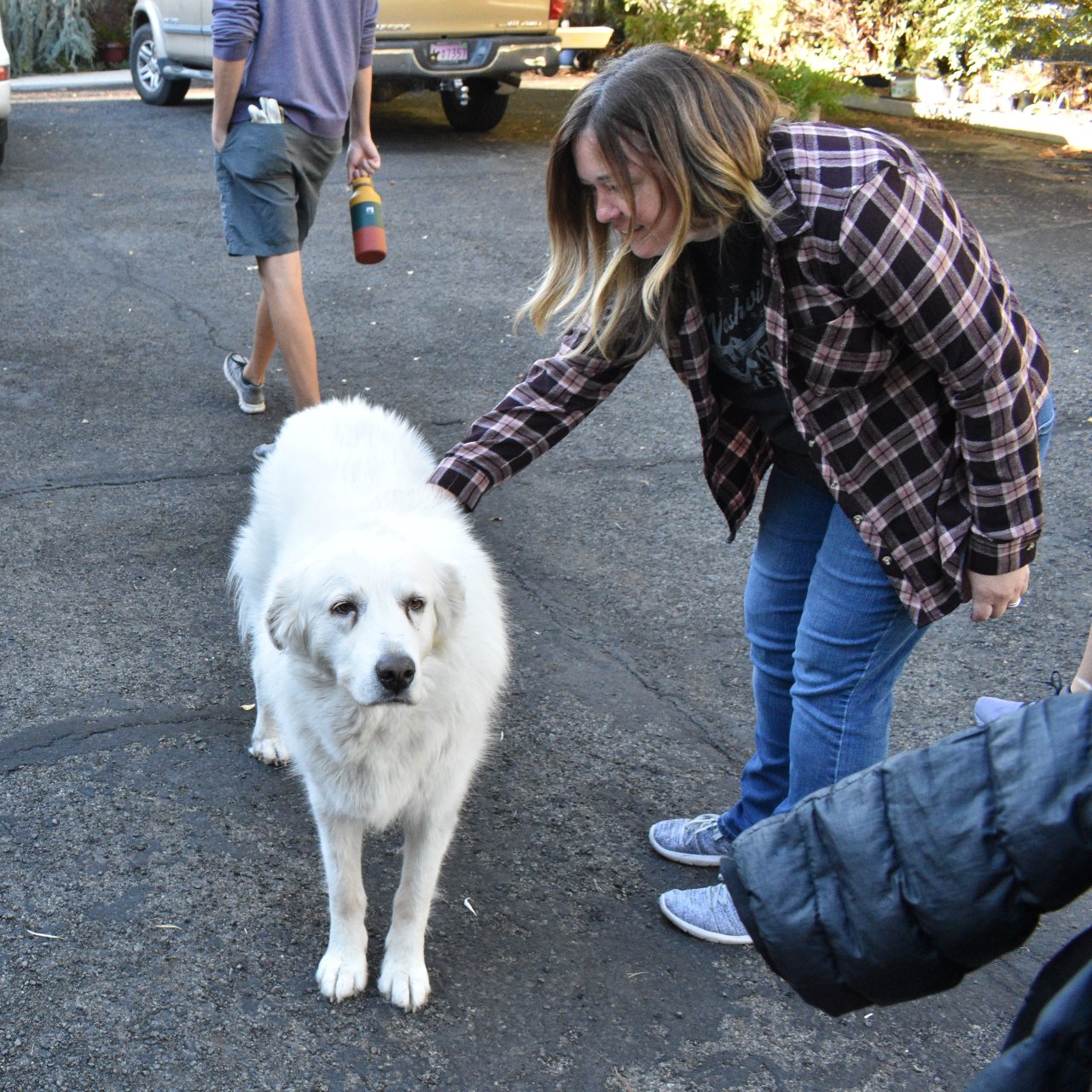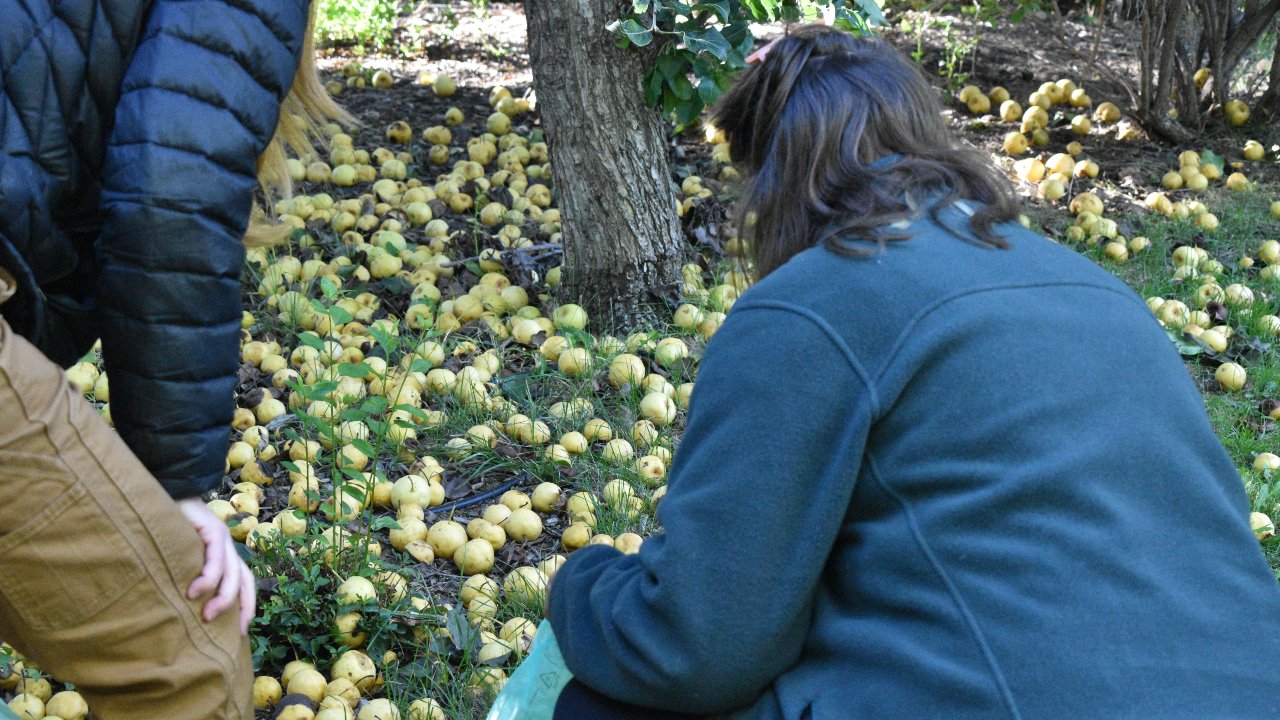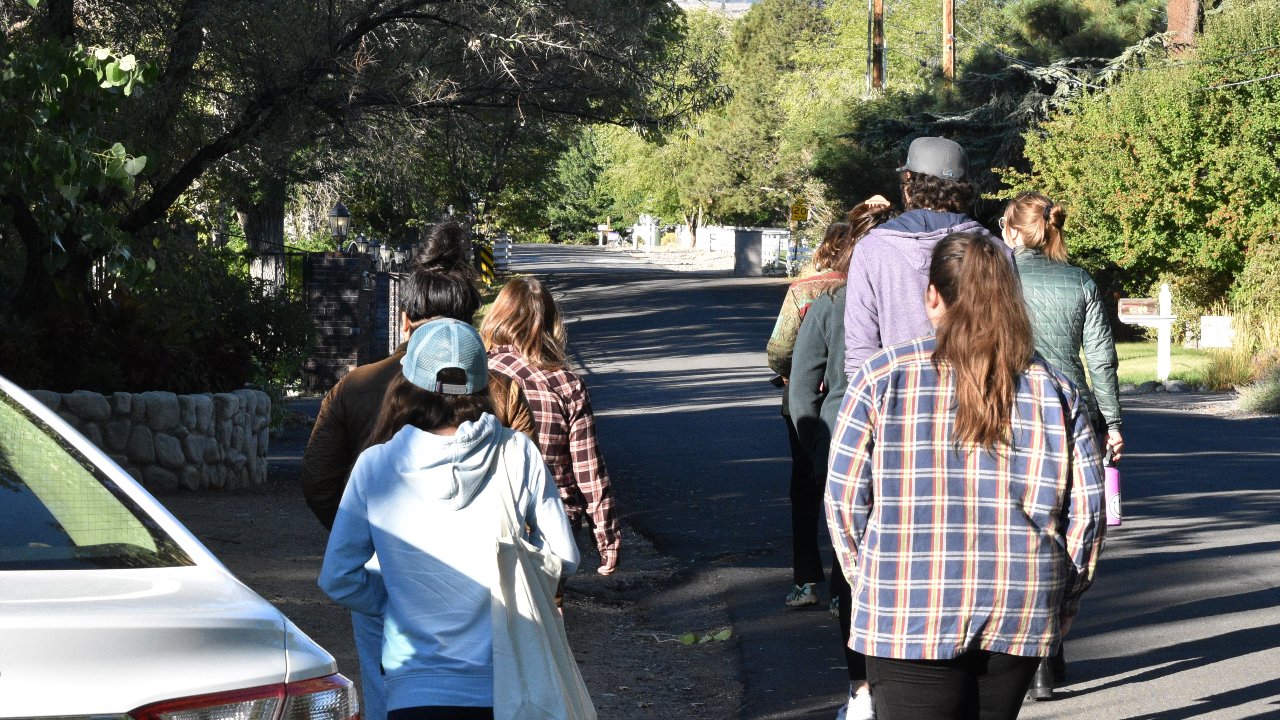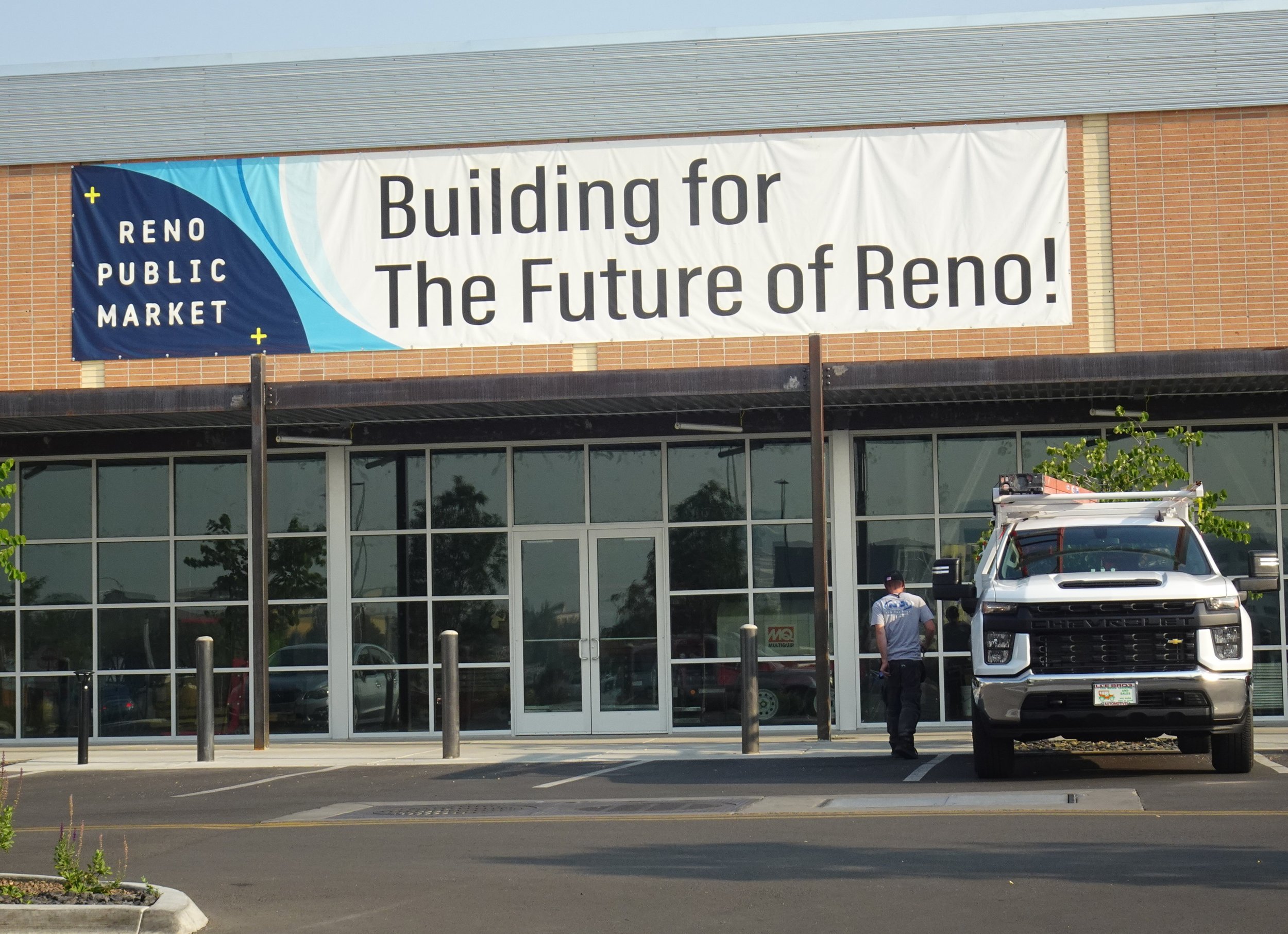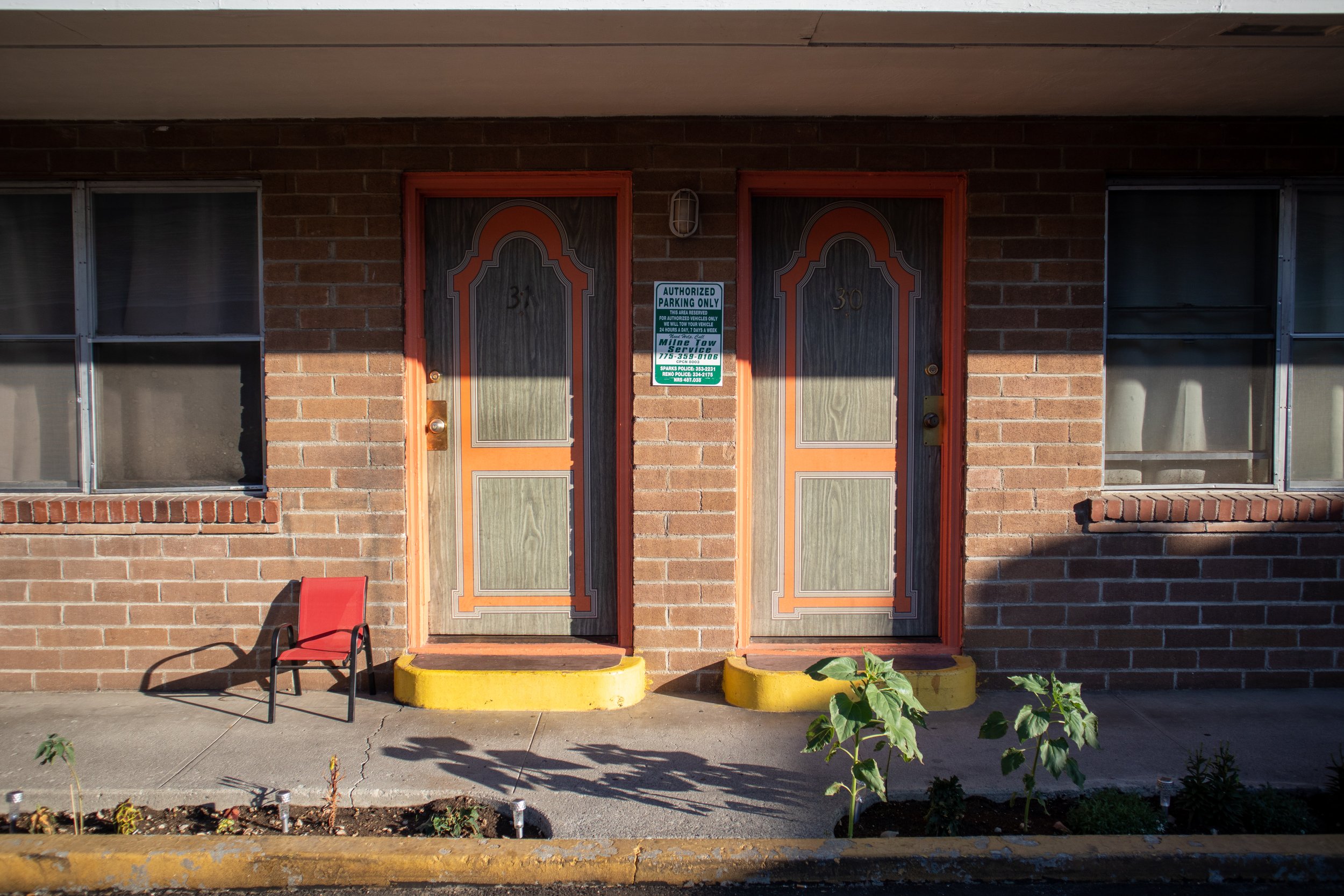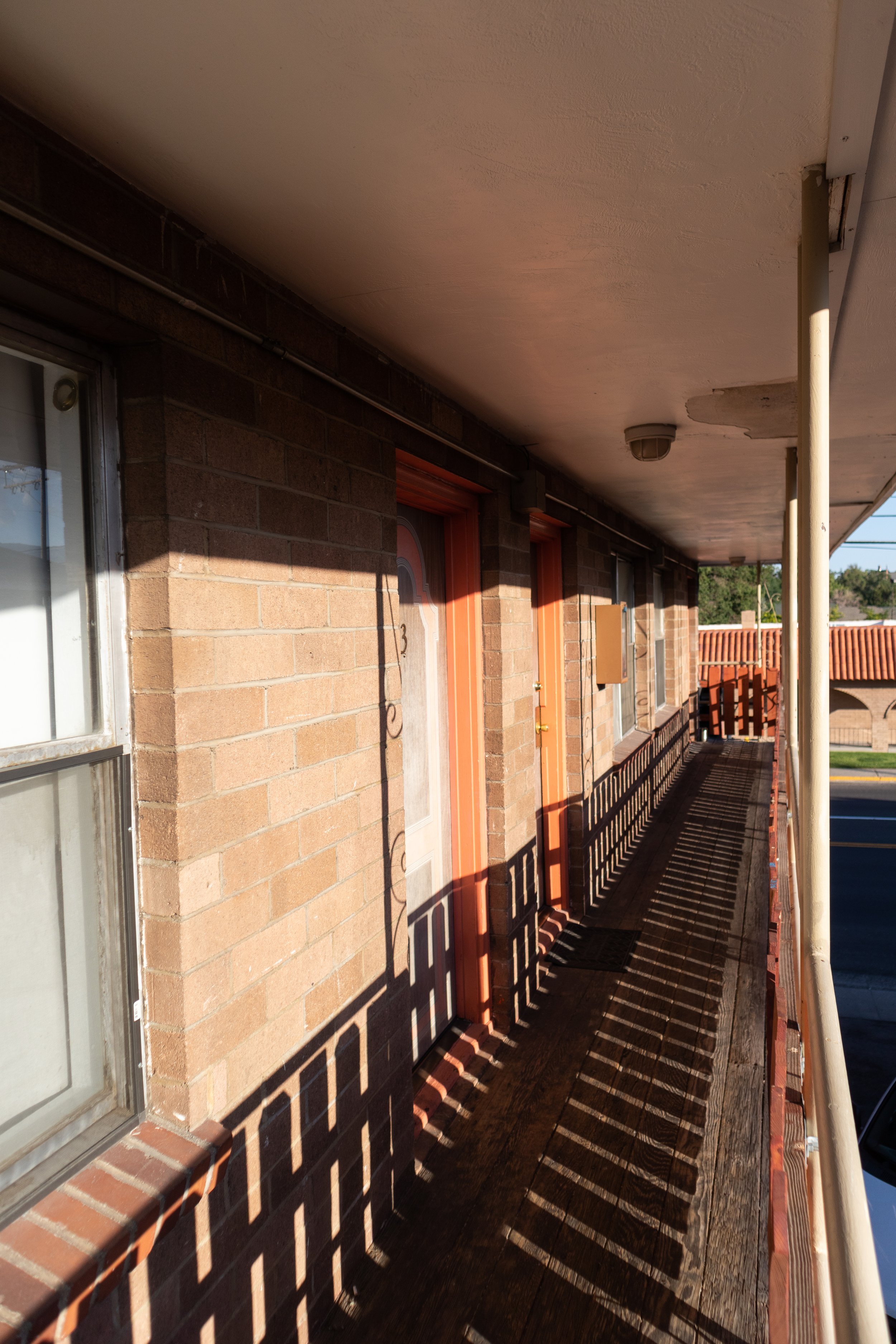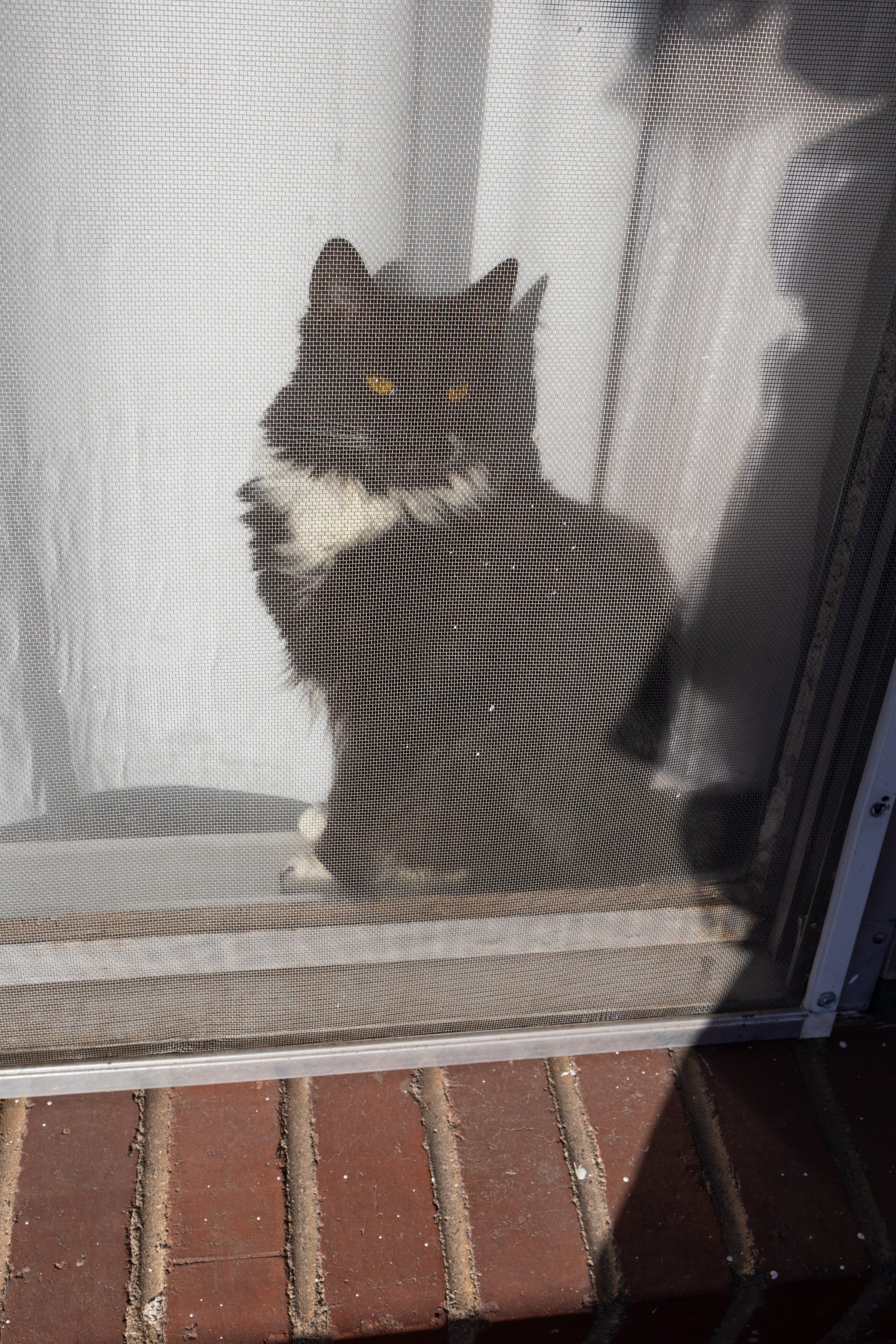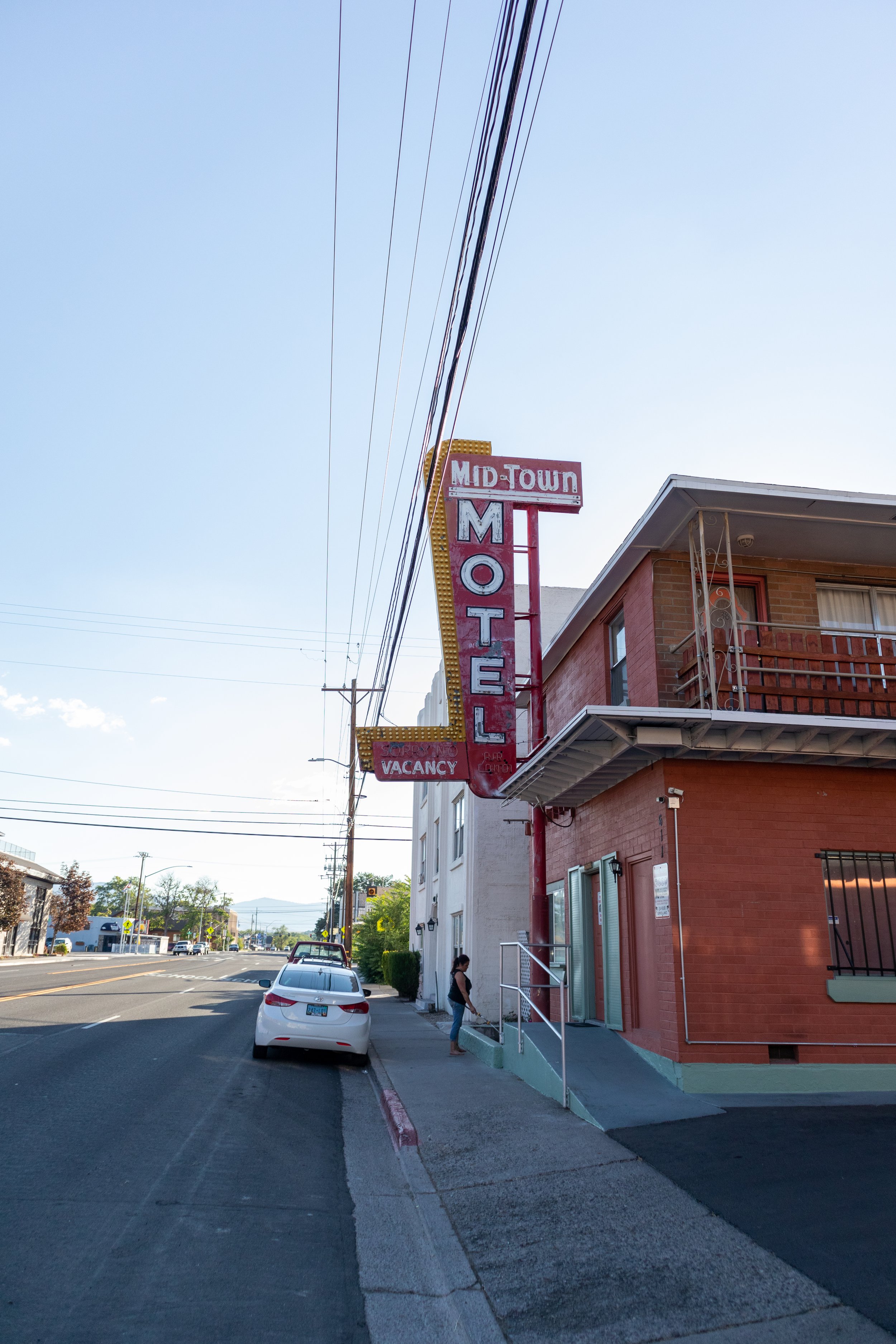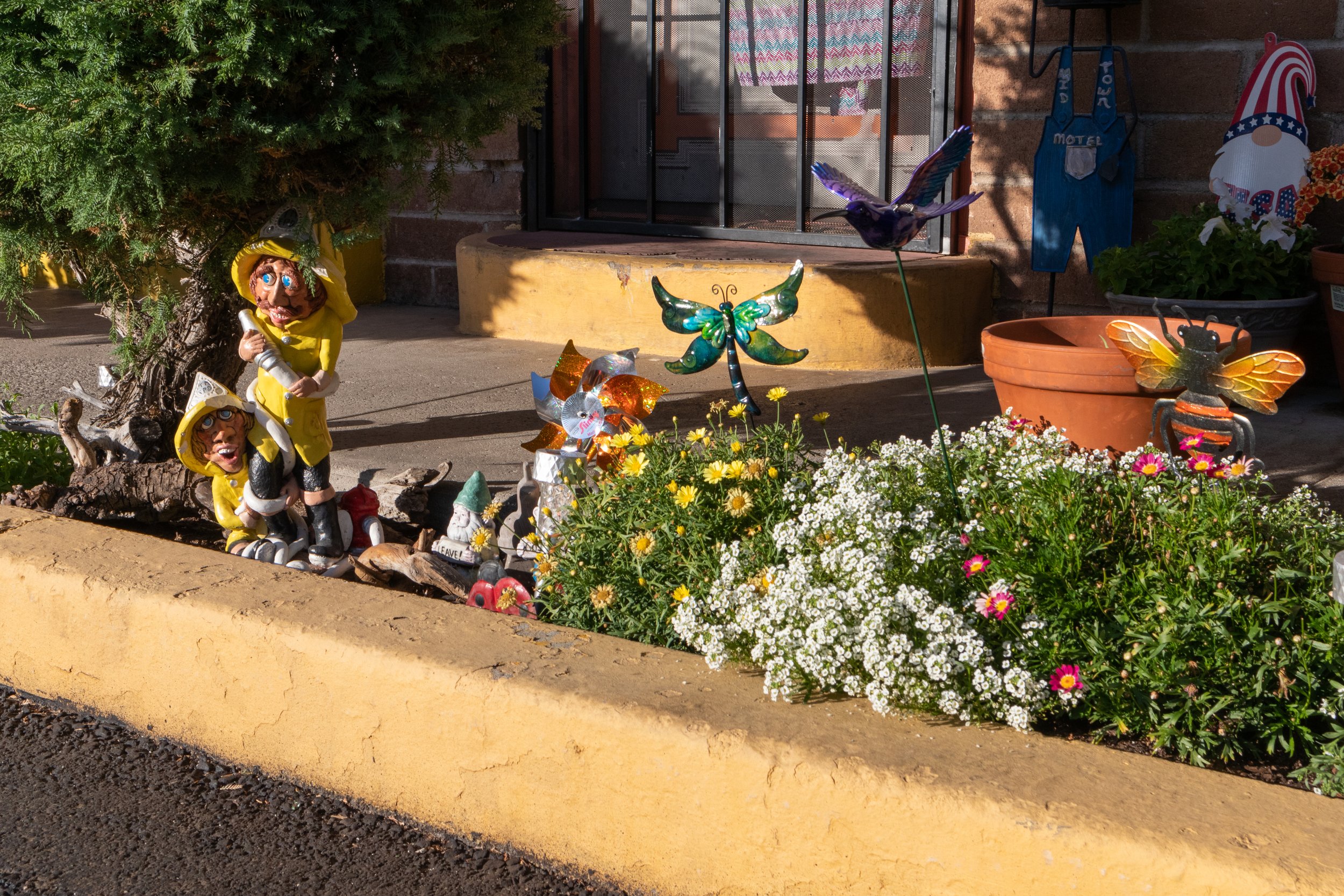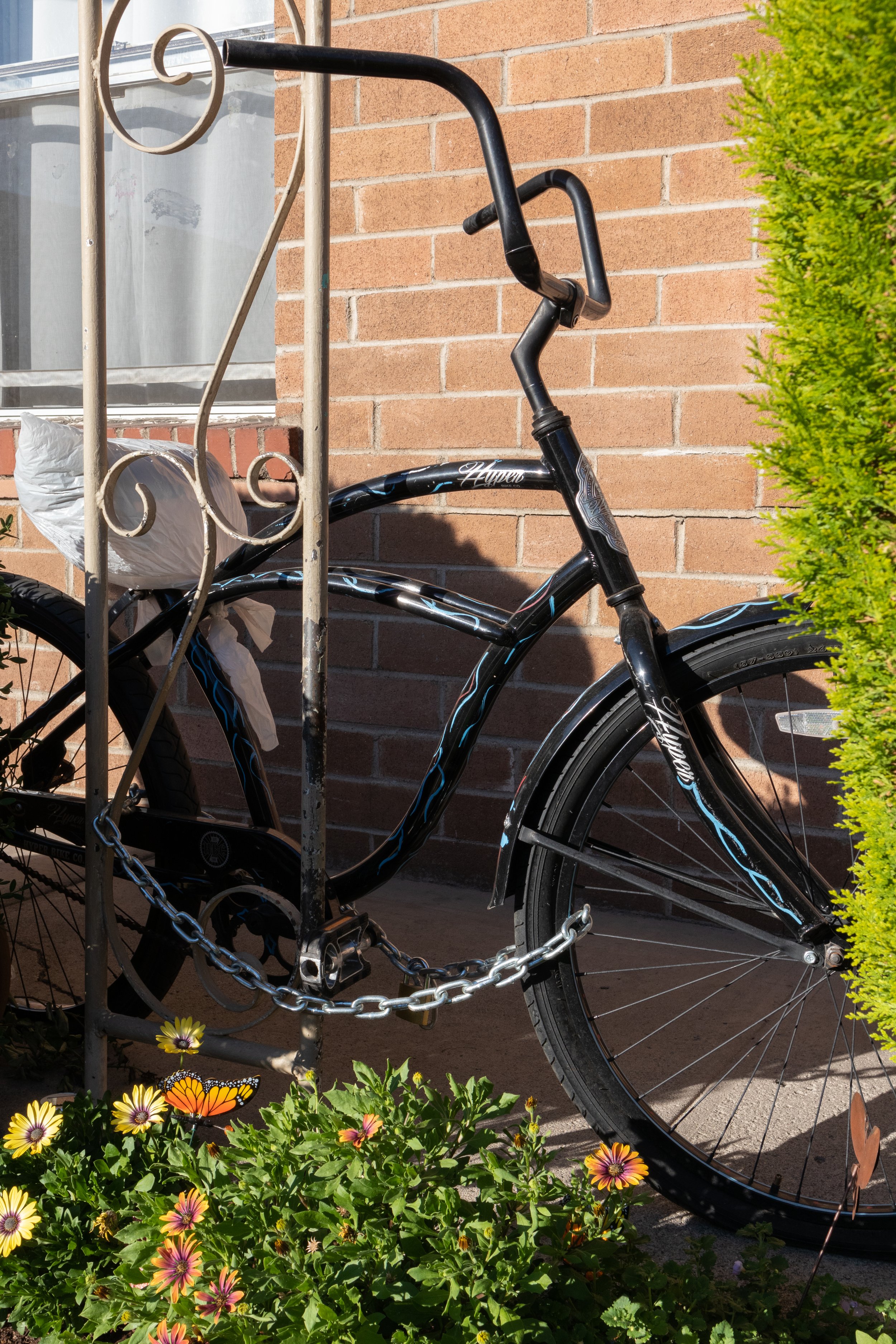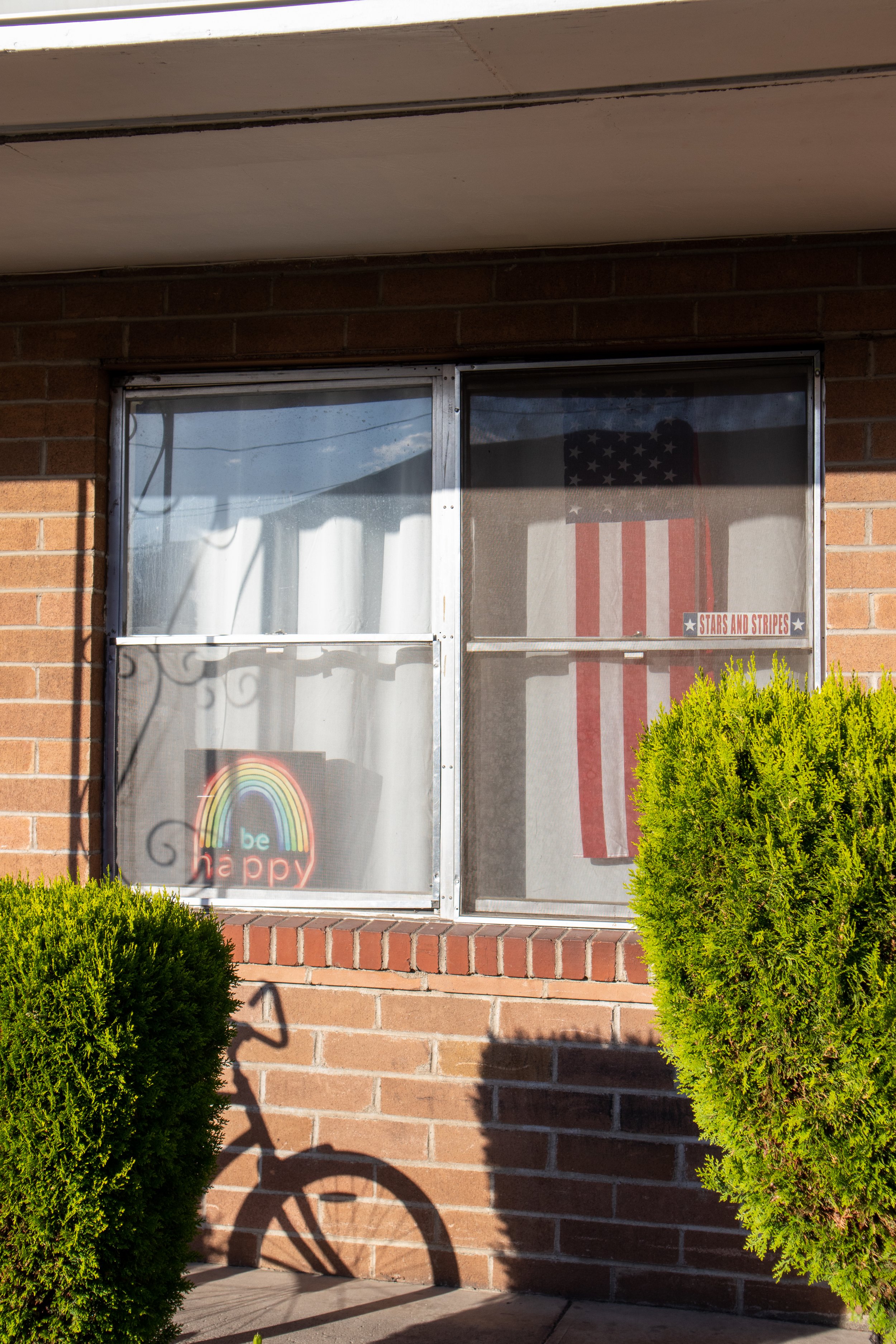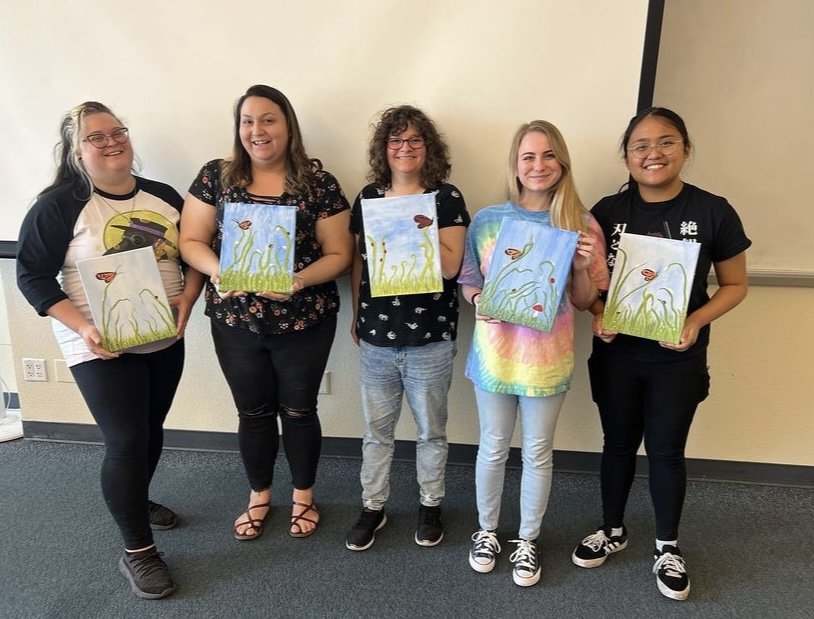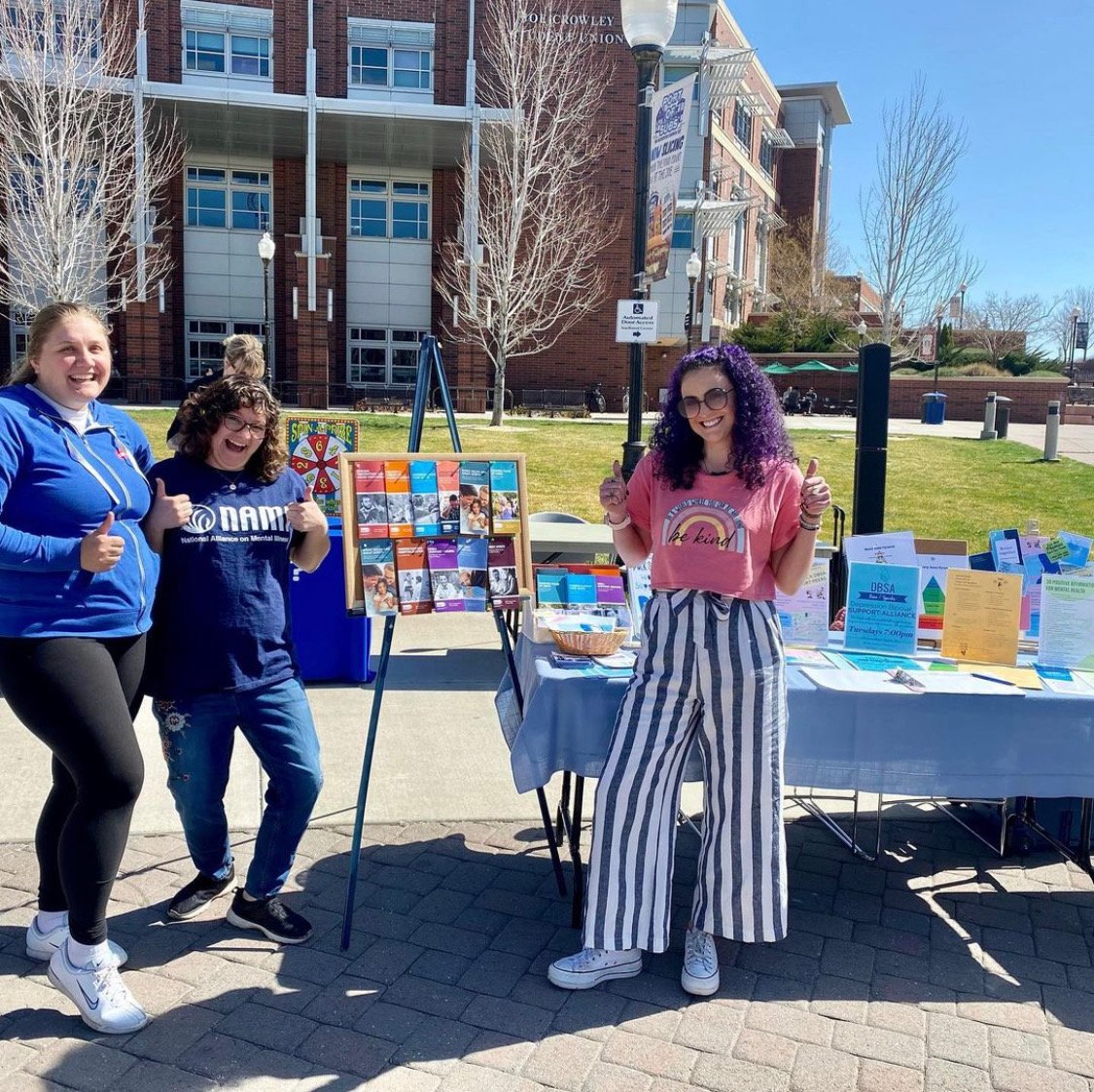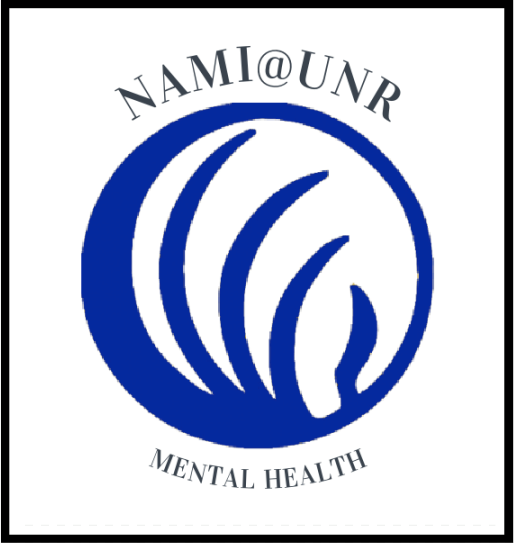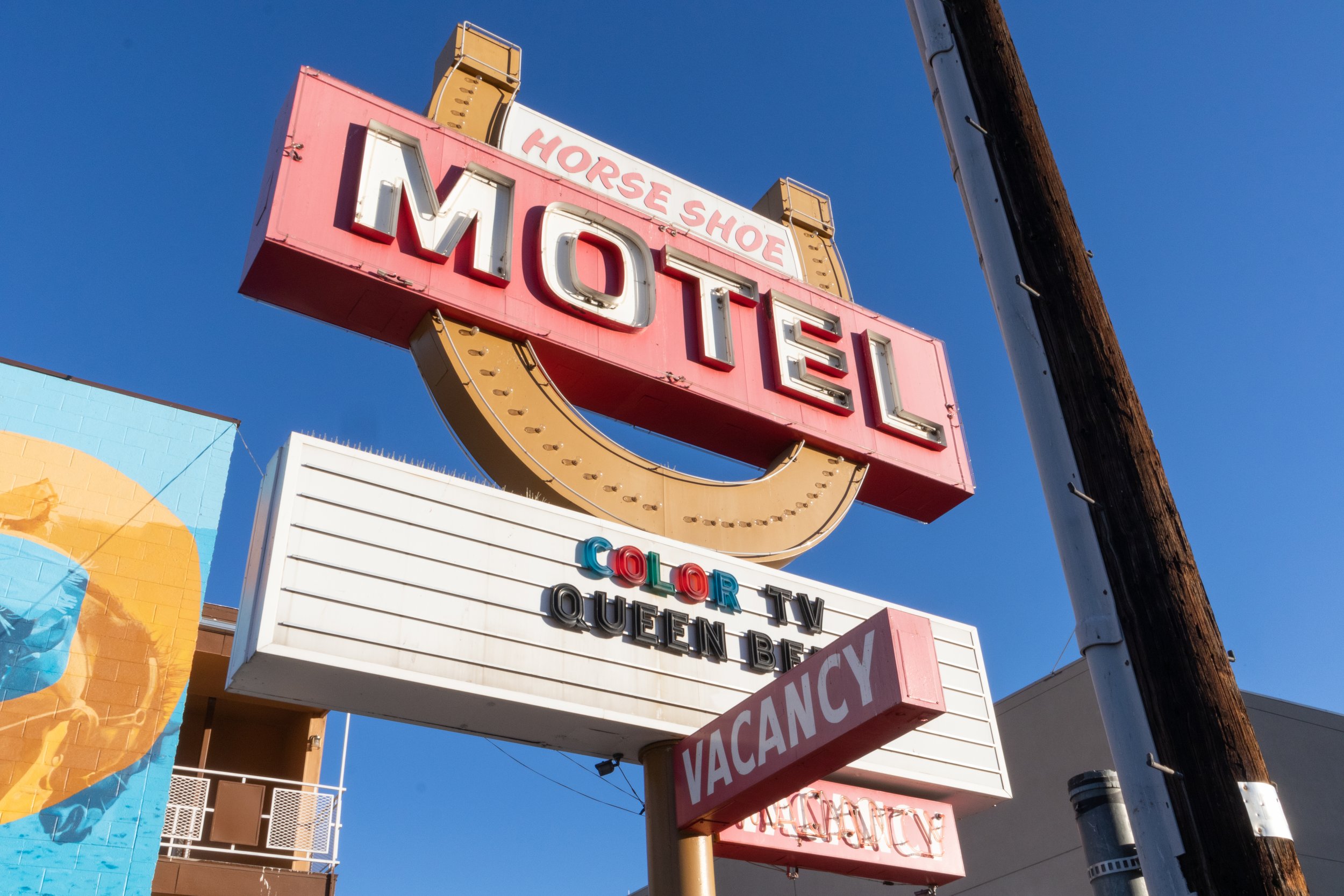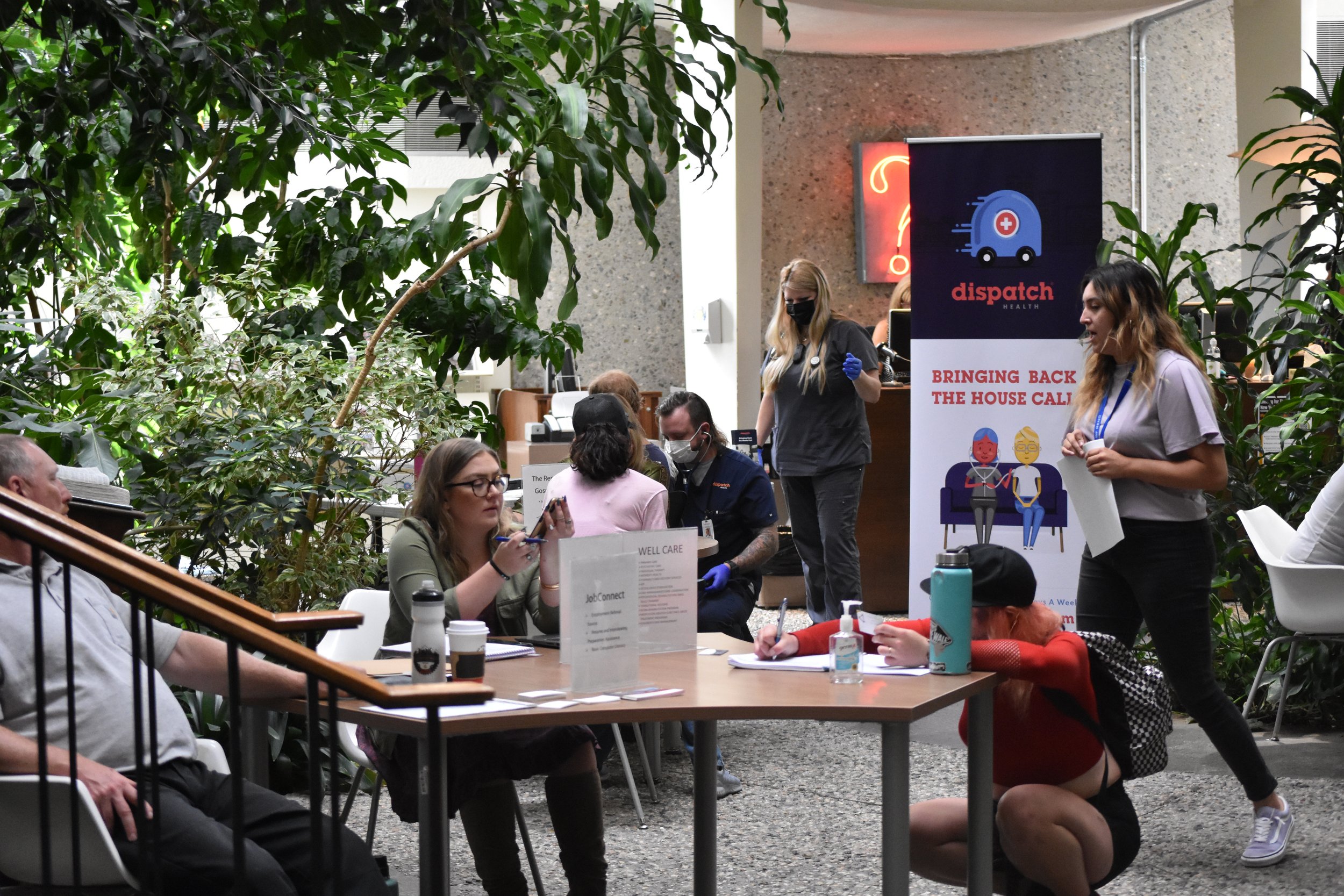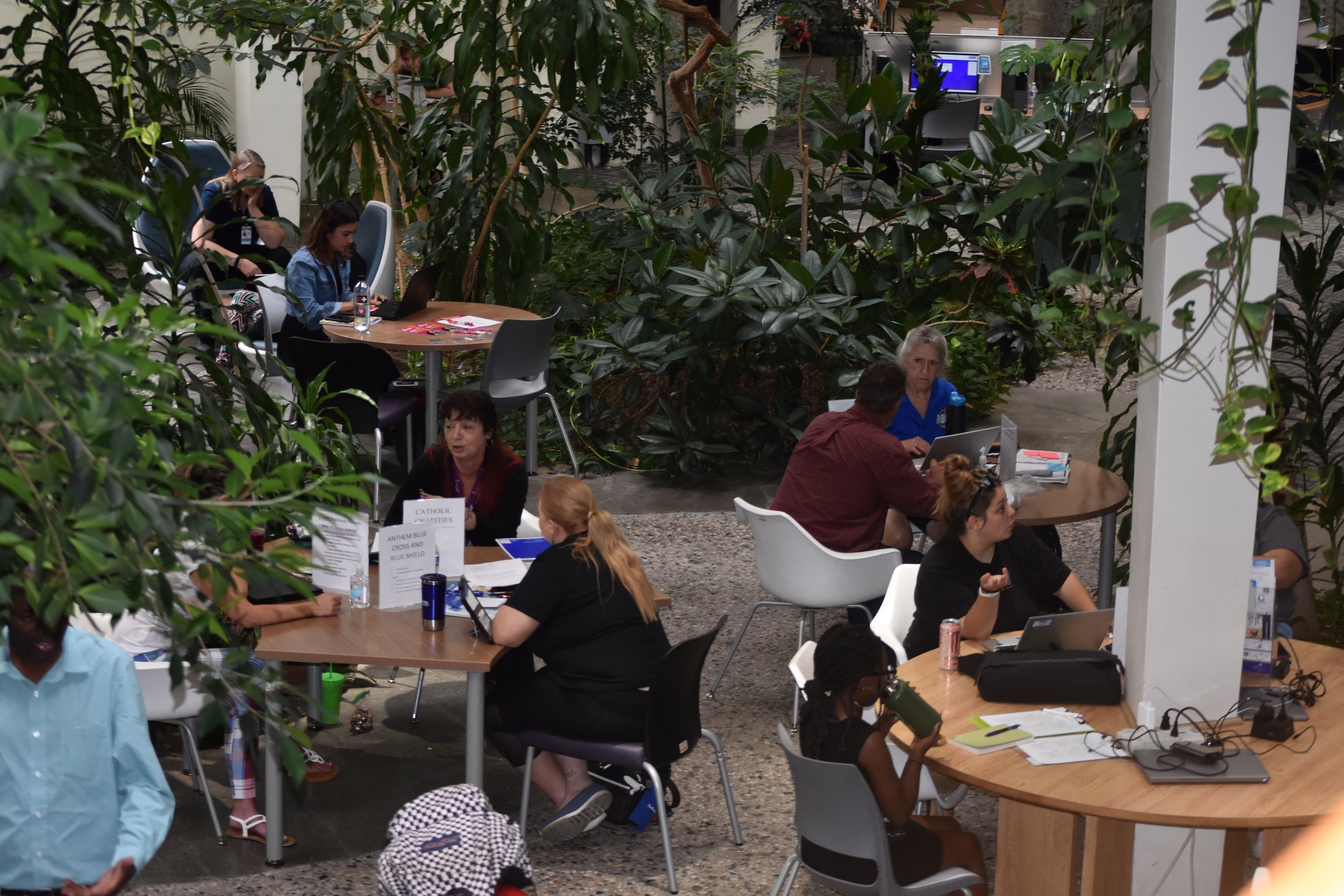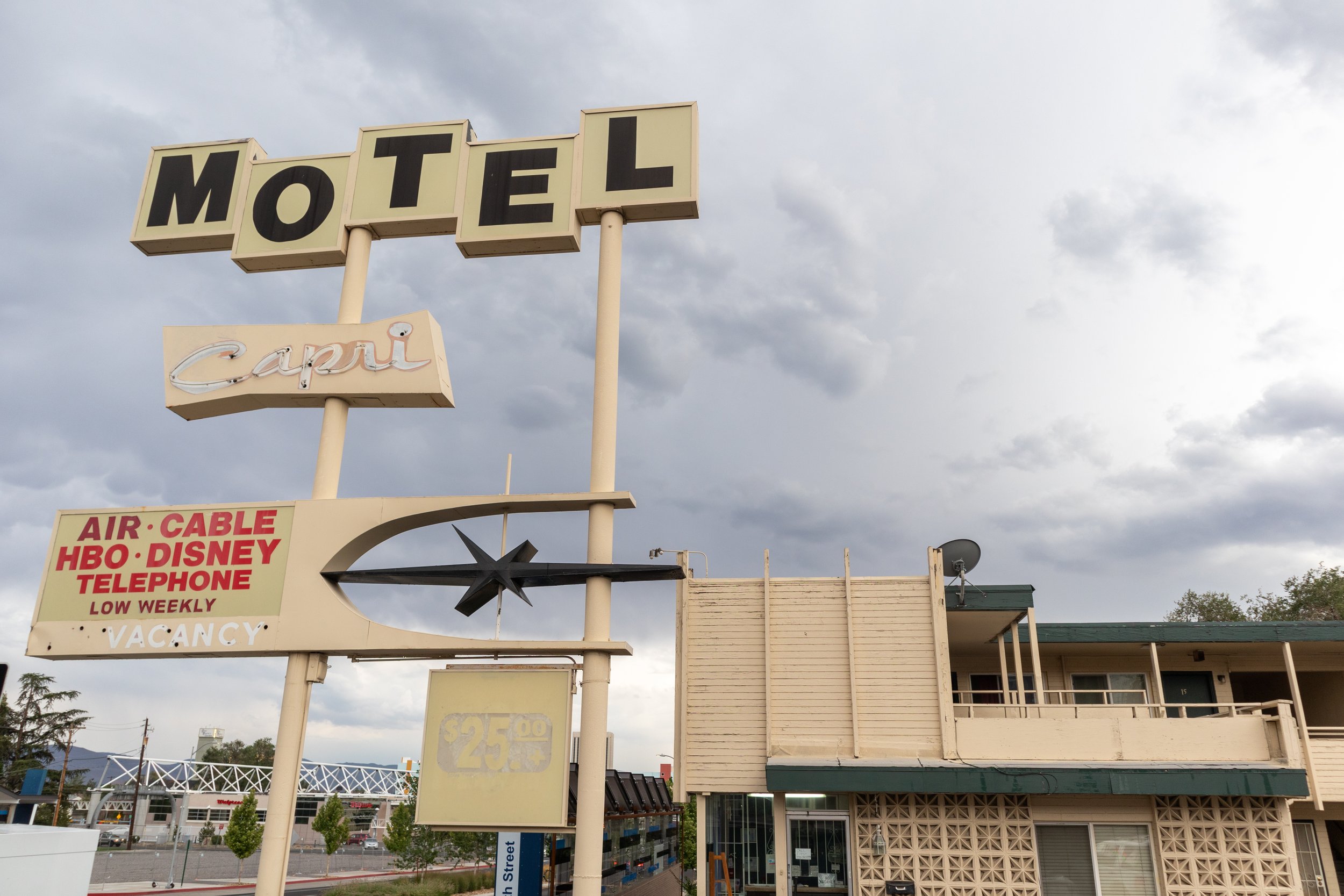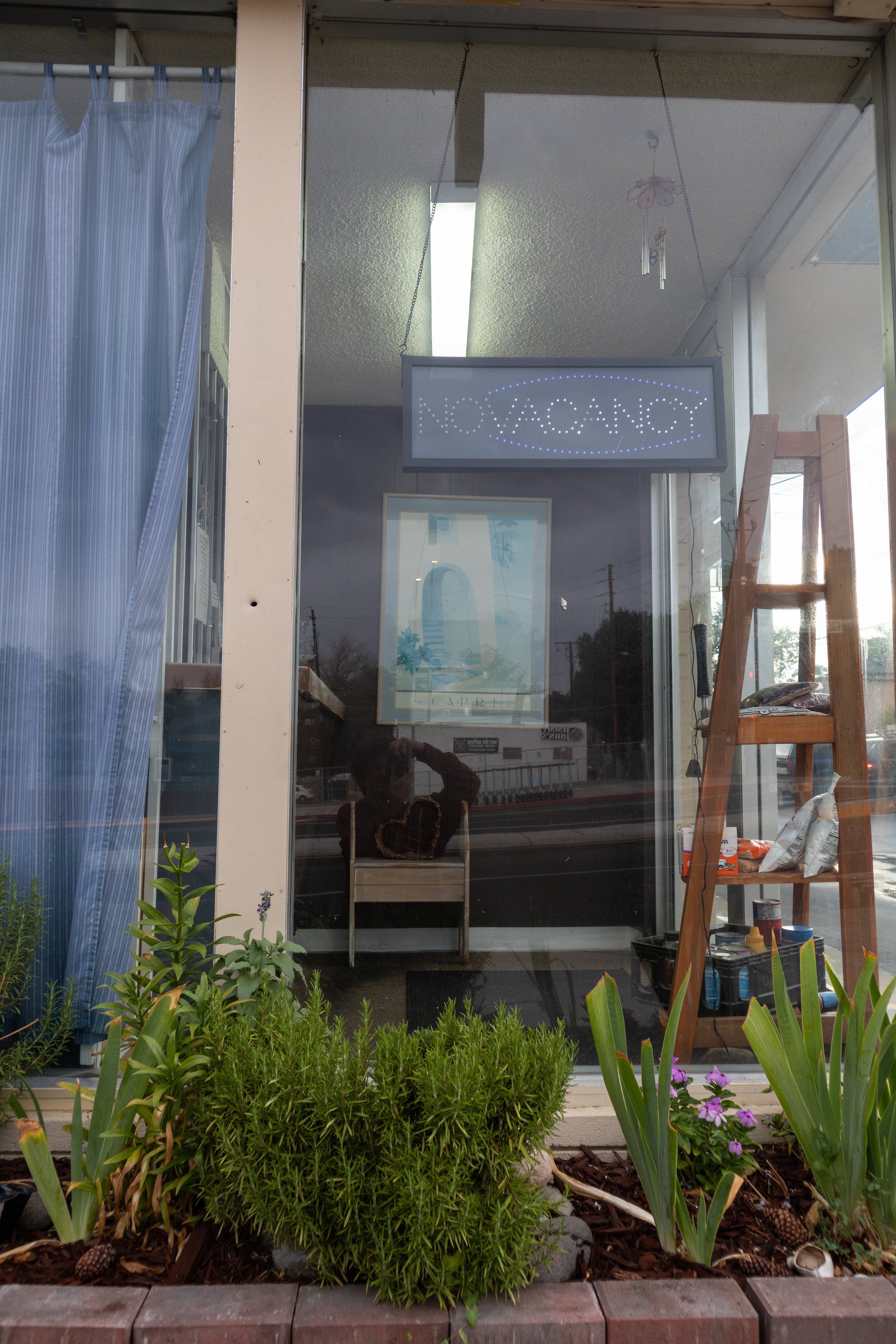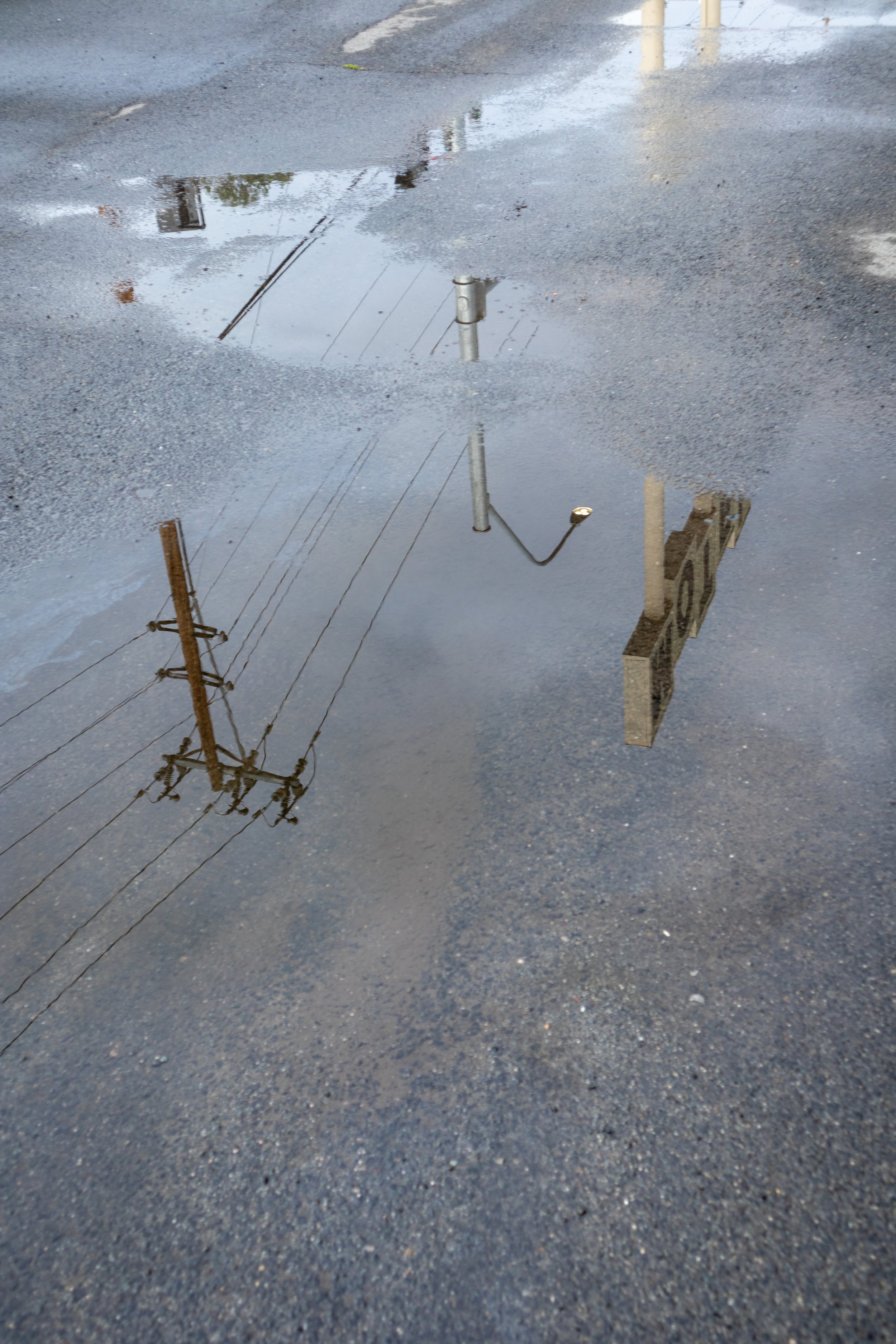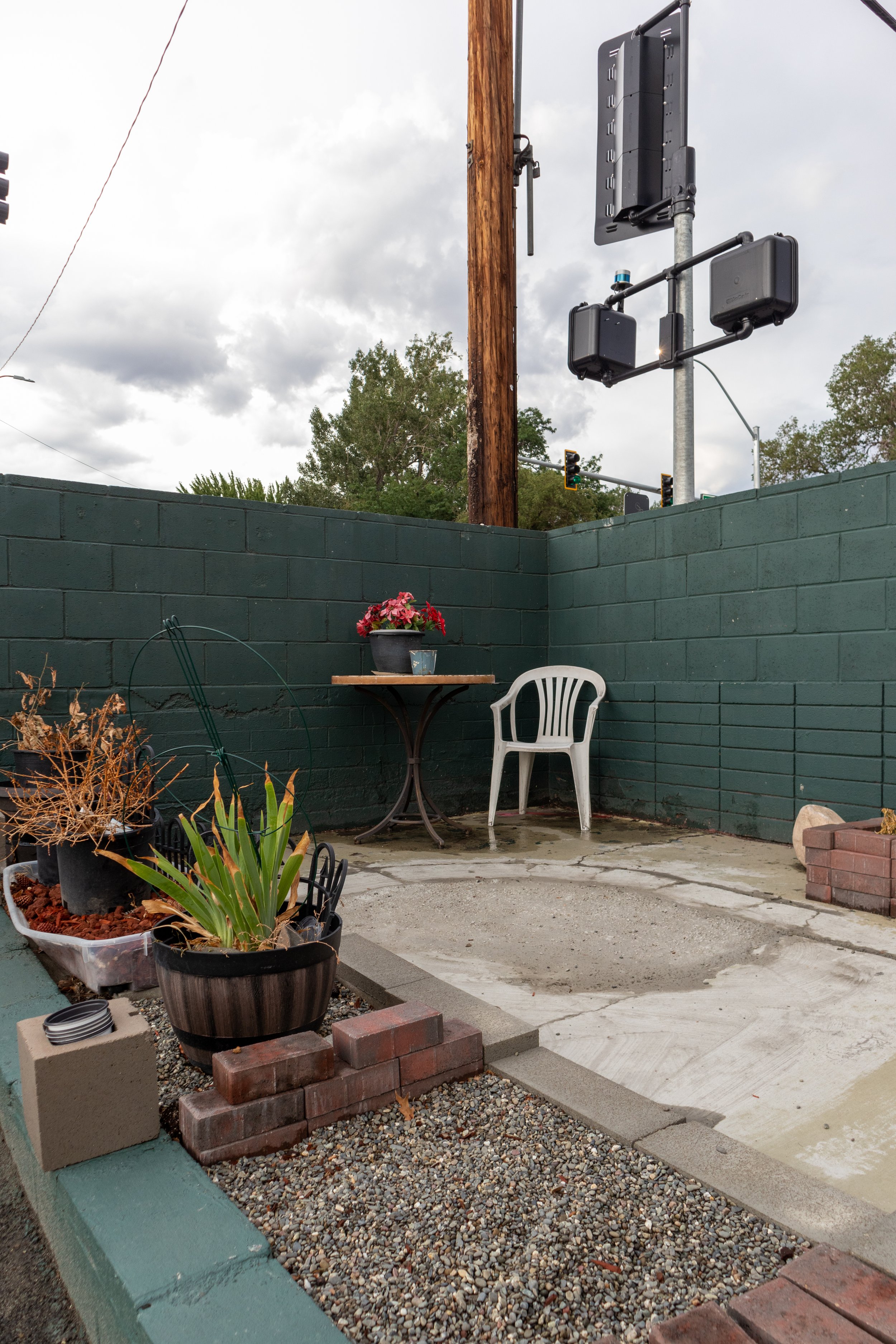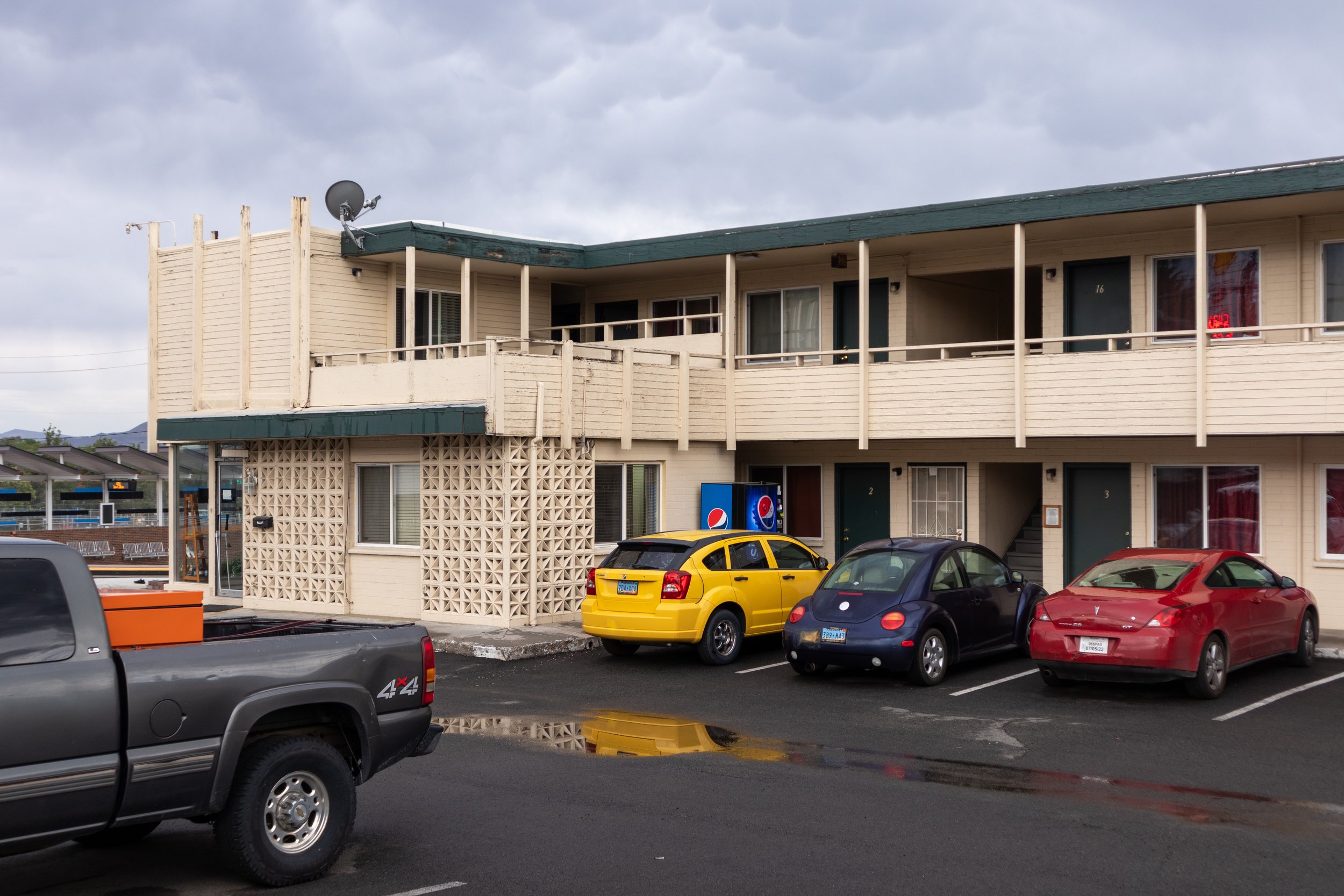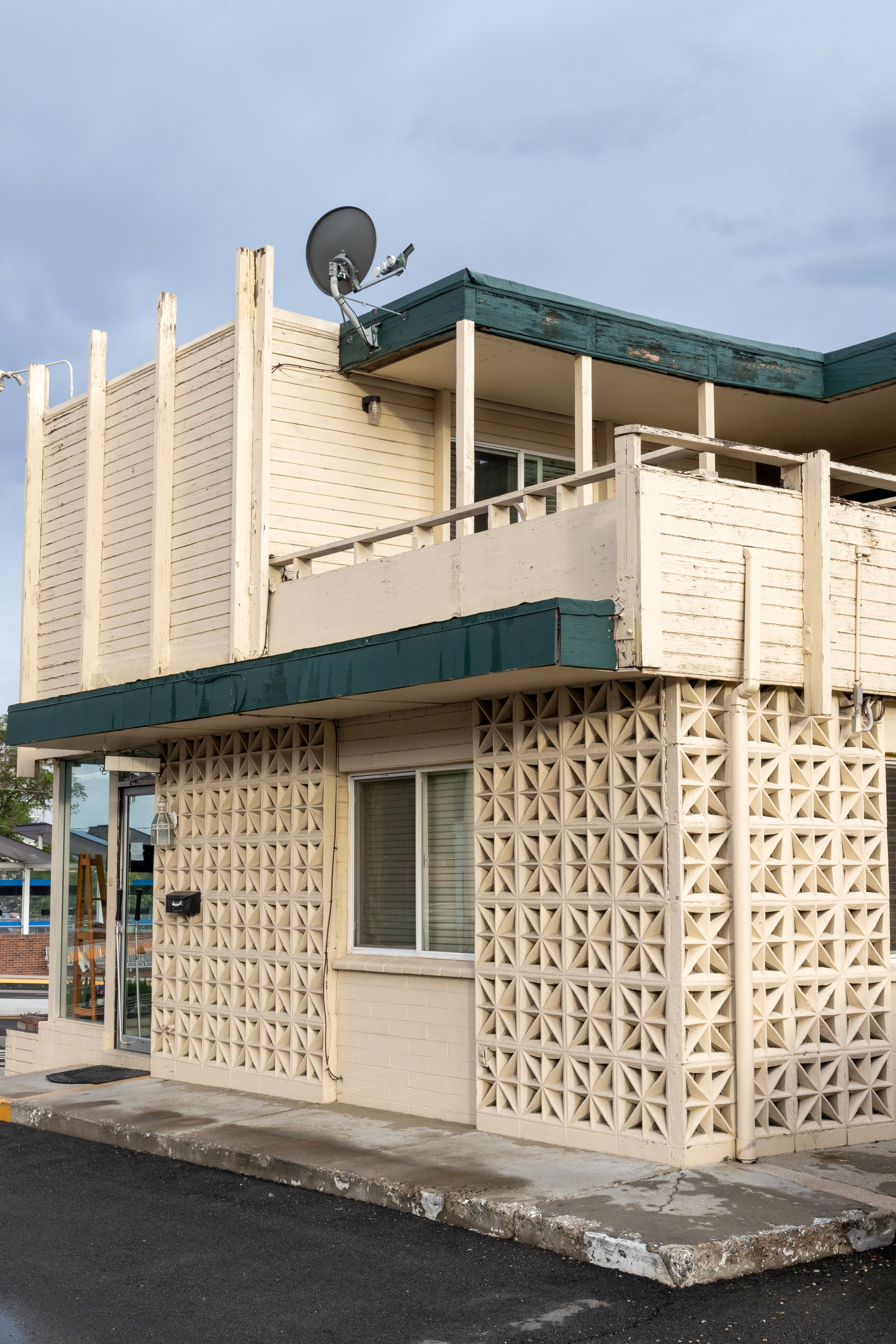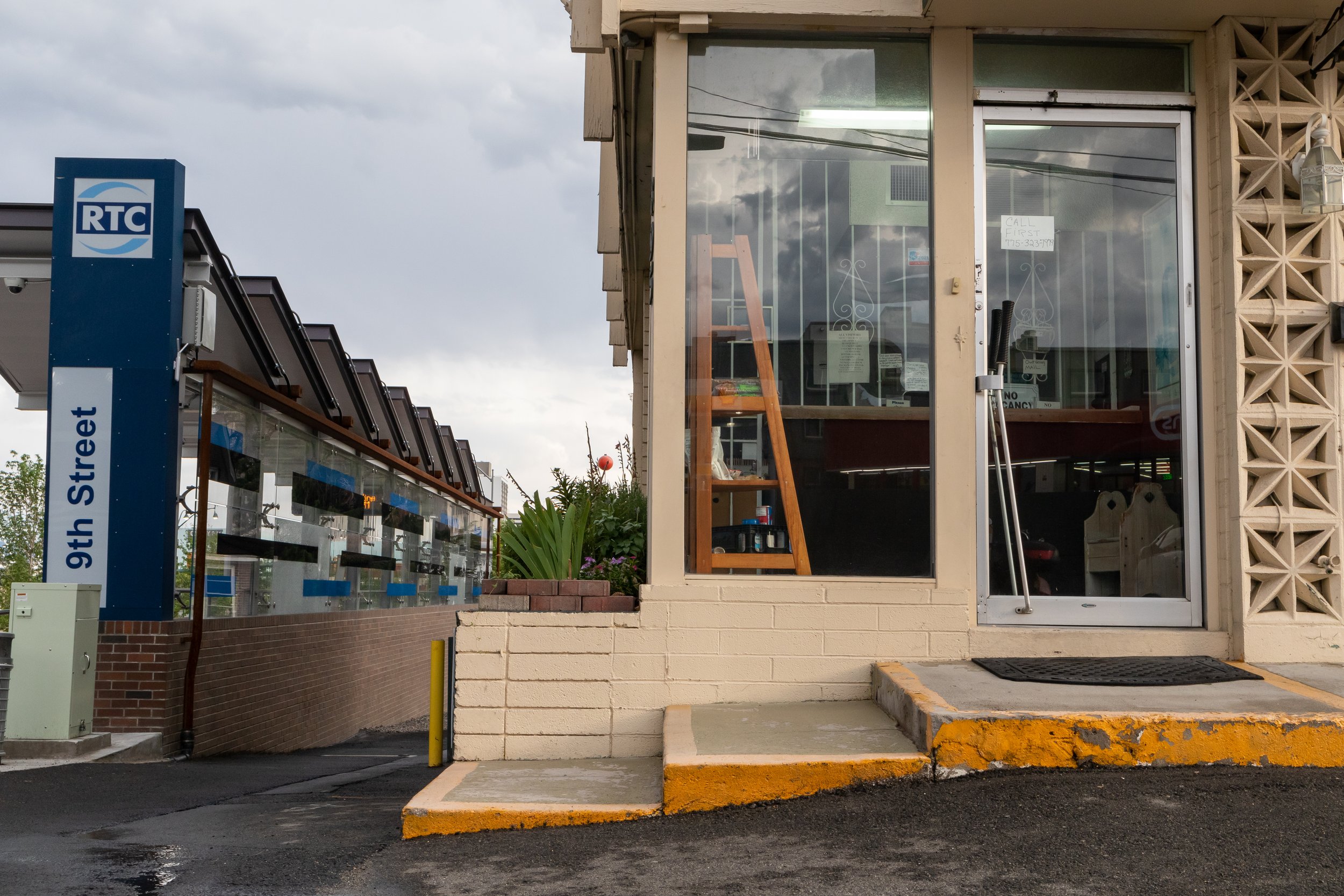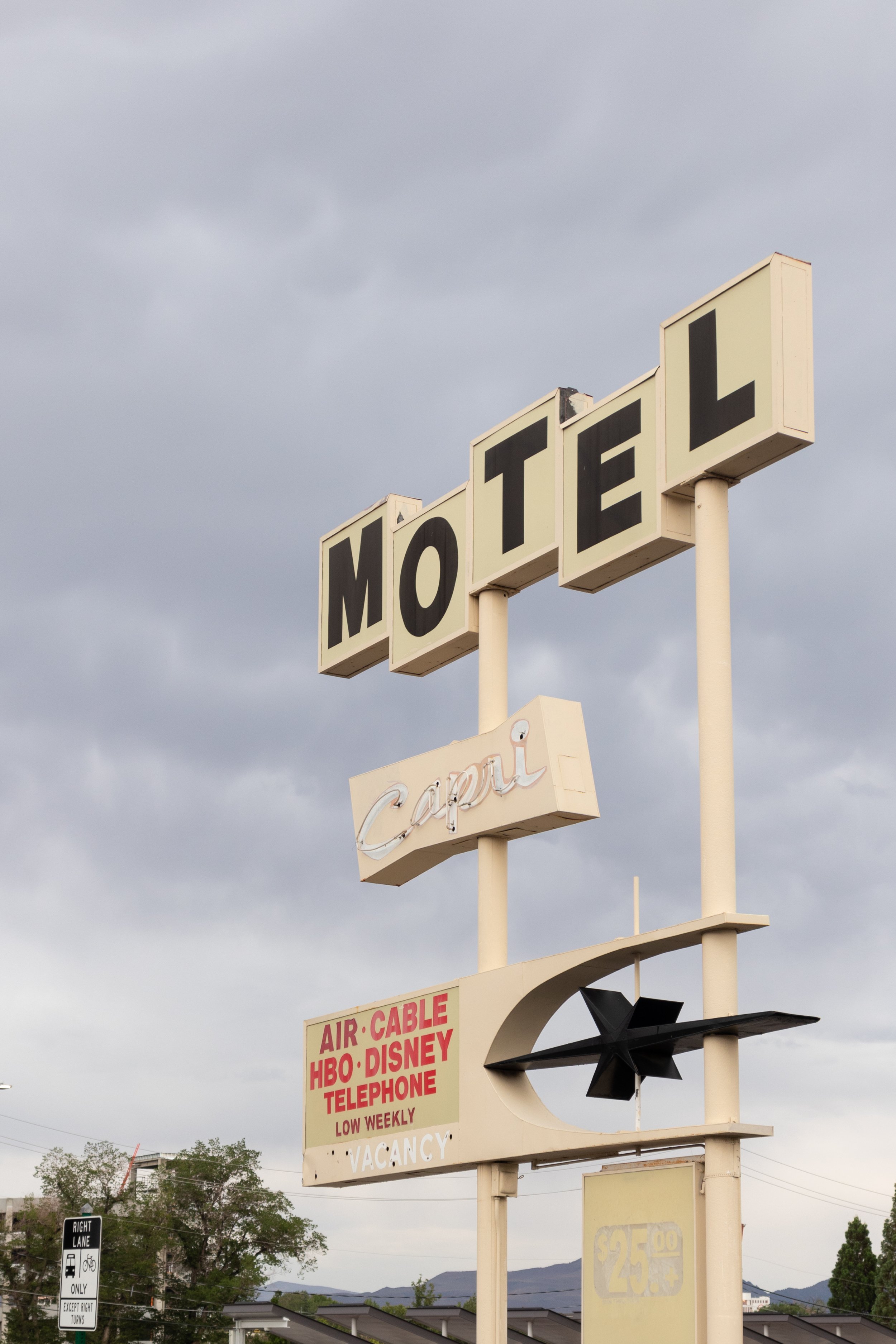A soft opening for the Reno Public Market is now being reported for November 10th, with a growing chorus of concerns coming through social media and anonymous emails to Our Town Reno.
The delay is apparently centered around how the food hall will be regulated, while many of the fears are about whether the self-proclaimed “electrifying art collective” is “white-centered,” gentrifying and for one emailer an alleged “pyramid scheme.”
One of the art space components will be Makers Paradise, a maker space which will also have classroom, office and lecture spaces, coordinated by an Oakland and Berkeley-based non-profit, still unknown to many local artists.
Another component which has drawn complaints from several artists in the community is locally-based Wandering Wyld which according to a recent This is Reno report “will bring in pieces from its community of 350 working artists, with no less than 60 represented at a time in its retail space.”
Artists and community members who reached out to us or whom we contacted concerning Wandering Wyld all wanted to remain anonymous due to fears of retribution within the Reno arts community.
One community member complained about a model which requires artists to pay to be able to sell and believes it will not work for non affluent, independently rich local artists.
Another member of the community pointed to the mostly white lineup of people featured on the Wandering Wyld Instagram page and website which bills itself as “A MODERN MARKETPLACE, Rethinking retail through pop-up and collective models.”
One local contrasted the Arlington Ave. MasterPeace studio which on its home page has a much more diverse look. It describes itself as a “creative space/showroom located in Downtown Reno,” where creatives can “converge, conversate, and collaborate.”
Another artist complained they got an anti-older artist vibe from Wandering Wyld at previous events, with a hipster bougie hobo prevalence, but didn’t want to be quoted directly or identified.
After we reached out to Wandering Wyld via their website contact page and Instagram, we quickly received an Instagram message signed by their CEO Rachel Macintyre.
She wrote that fees would “vary seasonally and have not been announced to the public yet,” with availabilities for daily, weekly and monthly booth rentals as well as “consignment in our collective (revenue splits vary 70/30 or 60/40 on average. The makers take the larger cut of course). This is [a] great option[s] for makers who don’t want to have to run a booth and are looking for an alternative to wholesale,” she added.
There will also be membership fees of $15mo or $120/year to participate, she indicated, adding: “Members receive access to free business mentorship, TONS [of] vending events around Reno-Tahoe (many of which are FREE for our members), access to our blog, highlights in our newsletter and social feeds with over 12k viewers/subscribers and a listing [in] our makers directory.”
Macintyre wrote other markets have similar models with higher membership fees. “We believe our pricing is incredibly reasonable for the value we offer and [o]f course are always happy to chat with anyone who has concerns,” she wrote. “It is important to note that we are not a non-profit and while our business exists to support our creative economy, we do need to cover our operating expenses and generate revenue to continue growing.”
Its own costs Macintyre writes include “$20K/mo” as “base operating expenses for Reno Public Market” with an investment of “$175k in the build out of the marketplace place at RPM.”
Macintyre also addressed the diversity concerns raised by community members writing: “As for exclusivity, our market is open to EVERYONE. We do have guidelines for what types of goods we allow to be sold in our shop and at our events. All of this information is available on our website. Here is a snapshot: “We exist to support our creative economy. With that in mind, applicants should offer something hand crafted, artisan made and/or sustainably sourced. We encourage artists, creators, curators, musicians and artisan food producers to apply!””
Other artists who responded to our queries said they had never worked with Wandering Wyld before, and had no opinion about it one way or another. A few added it could be difficult for Wandering Wyld to fill its space without a track record of attracting sufficient, regular sales in an area still very much in the throes of gentrification. Those comments were also not to be attributed.
Our Town Reno reporting September 2022

